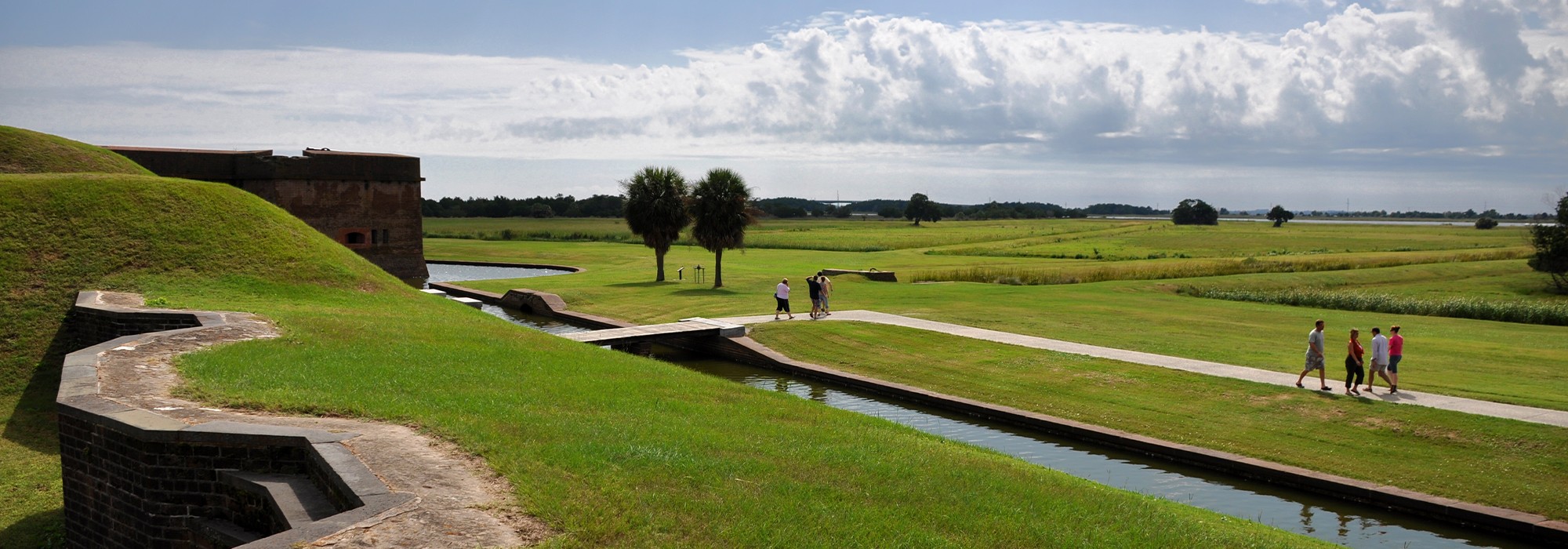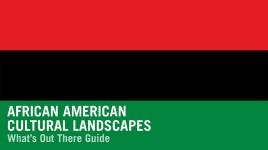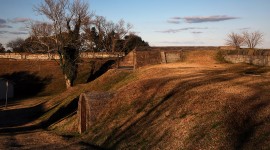"What’s Out There Guide to African American Cultural Landscapes" expands to include Civil War-era “contraband camps”
Launched in February 2024, this digital guide has grown to include nearly 170 cultural landscapes, including five associated with so-called “contraband camps,” enclaves of self-emancipated and recently emancipated African Americans that formed, often in Union-controlled forts, during and after the Civil War.
The nation’s first such camp was established in May 1861 at Fort Monroe, Virginia, (now Fort Monroe National Monument) when three enslaved field hands – Shepard Mallory, Frank Baker, and James Townsend – fled to the Union-controlled fort after learning they were to be relocated to North Carolina, which would have separated them from their families. Upon discovering the refugees, Fort Monroe’s commander General Benjamin Butler declared them “contraband of war” to circumvent the Fugitive Slave Act, which required their immediate return. Because Virginia had recently seceded, Butler reasoned, he had no constitutional obligation to return them. Congress confirmed the status of contraband property, including enslaved people, in the Confiscation Acts of 1861 and 1862.
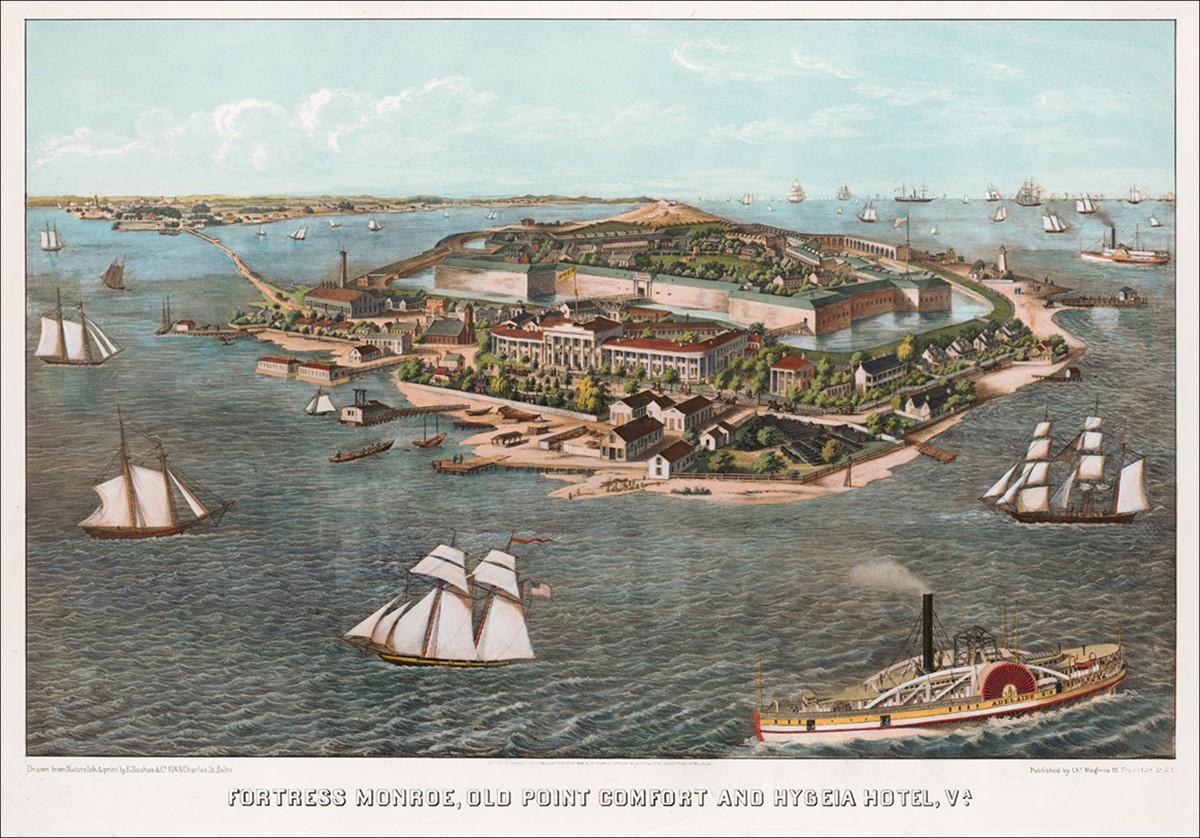
When other African Americans learned of the success at Fort Monroe, they, too, fled there, earning it the unofficial title “Freedom’s Fortress.” The fort soon reached capacity and freedom-seekers established a settlement, known as the “Grand Contraband Camp” in the nearby city of Hampton, which grew to a population of thousands by 1865.
Before long African Americans flocked to other Union territories in Washington, D.C., Mississippi, Missouri, and beyond, establishing contraband camps throughout the war-torn South. Between twelve and fifteen percent of the United States’ enslaved population spent at least part of the war in a contraband camp, and many settlements persisted after the fighting subsided. While they brought the promise of freedom, these camps suffered from frequent food and clothing shortages and poor sanitary conditions, resulting in high mortality rates. Nevertheless, they were crucial components of the “Underground Railroad,” the secret network of safehouses and routes first established in the late eighteenth century used by enslaved people to escape to freedom, during the Civil War-era.
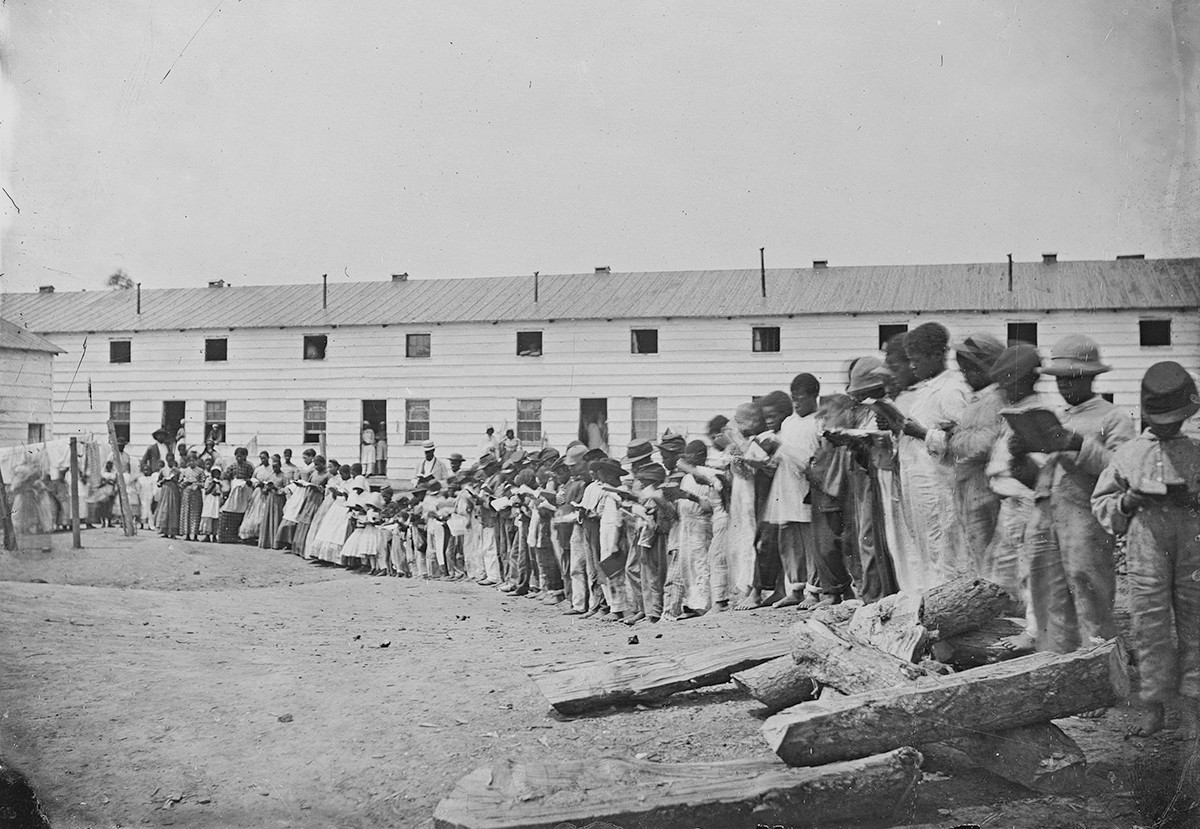
In addition to Fort Monroe, TCLF’s Guide to African American Cultural Landscapes has expanded to include the former contraband camp sites of Camp Greene (now Theodore Roosevelt Island National Memorial) Washington, D.C; Fort Negley (now Fort Negley Park), Nashville, TN; Fort Pulaski (now Fort Pulaski National Monument), Savannah, GA; and Harpers Ferry, VA (now Harpers Ferry National Historical Park).
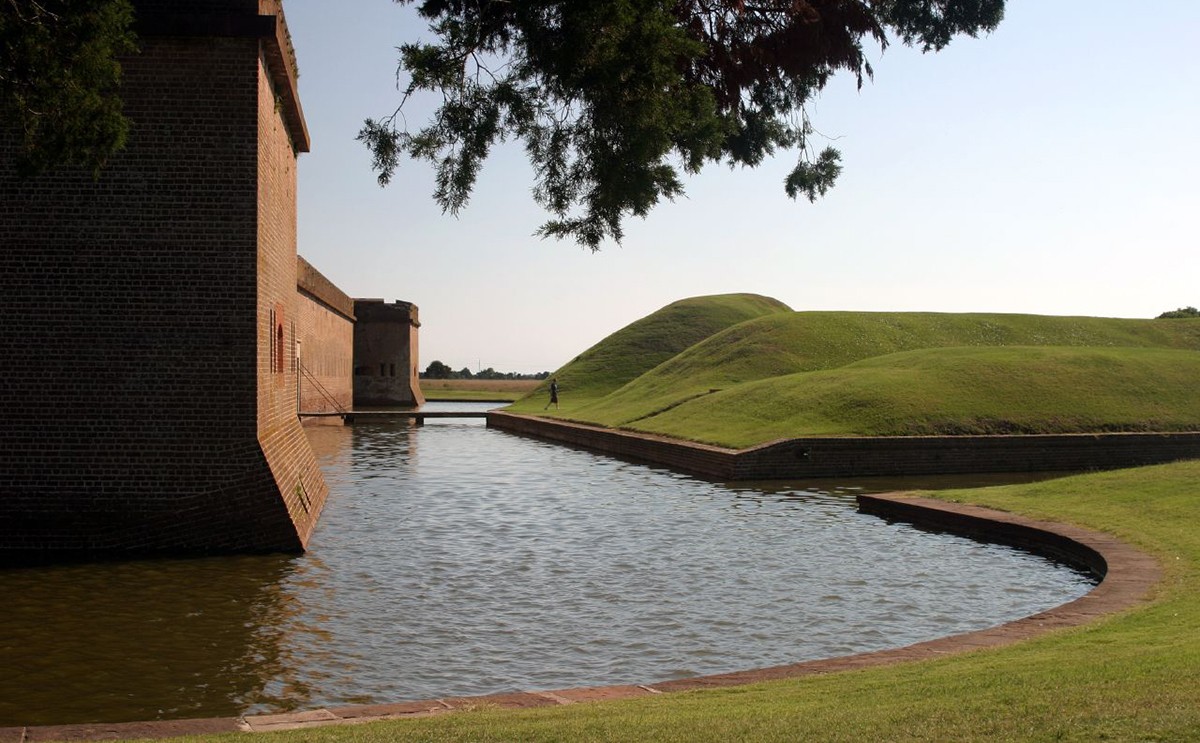
If you would like to nominate a former contraband camp or any other cultural landscape for inclusion in the What’s Out There Guide to African American Cultural Landscapes, please contact us.



